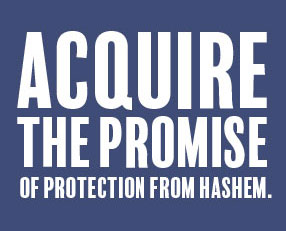In the previous segment, the Chofetz Chaim introduced us to the concept of “Devarim Hanikarim”recognizable signs (i.e. circumstantial proof) as a basis for believing certain forms of loshon hora.
There are two major conditions which must be fulfilled before we can apply this principle:
• The evidence must be directly related to the loshon hora and it must be strong, not superficial.
• The listener must recognize firsthand the validity of the evidence.
Chofetz Chaim cautions that even if we have powerful, firsthand evidence which permits us to believe the loshon hora, we are prohibited from sharing this information with others without a constructive reason.
As mentioned above, the source for the rule of Devarim Hanikarim is a Talmudic interpretation of a story in Scripture. In that incident, King David accepted a report that Mefiboshes, the son of King Shaul, was upset over David’s return to the throne after a rebellion had been quelled. When David returned, Mefiboshes went to meet him looking wholly unkempt. His unkempt appearance gave the impression that he was not happy with David’s return. Nevertheless, David did not rely on this evidence until he personally heard a harsh statement from the mouth of Mefiboshes; only then did David accept as fact the report which he had heard.
From here, says the Chofetz Chaim, we learn that only Devarim Hanikarimmamash, definite recognizable signs, can be used as proof regarding loshon hora (see Shabbos 56a with Rashi and Maharsha).


